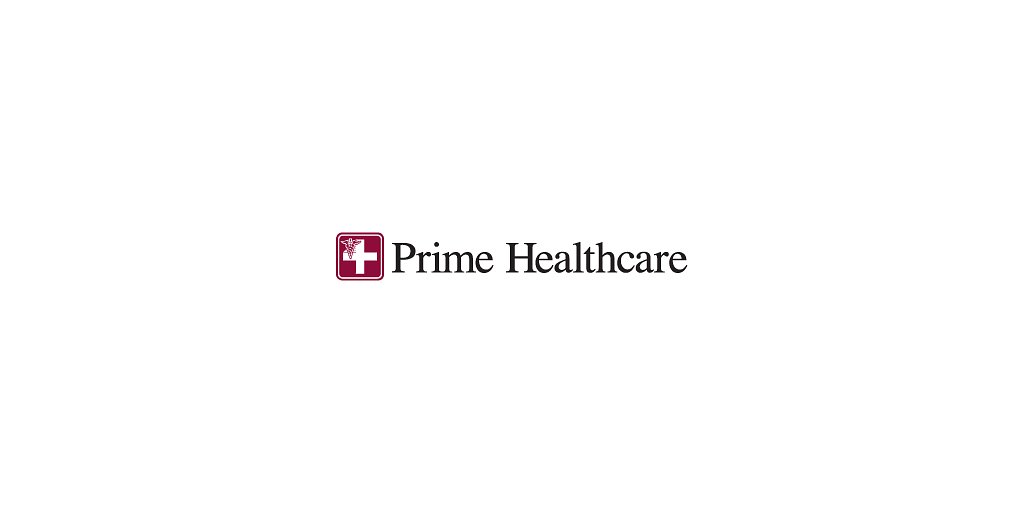
Beyond Safety Grades: Prime Healthcare's Recipe for Consistent Patient Care
Prime Healthcare earns top marks for hospital safety, but their success goes deeper than letter grades. A look at physician leadership, financial stability, and a commitment to quality amidst industry challenges.
Beyond Safety Grades: Prime Healthcare's Recipe for Consistent Patient Care
NEW YORK, NY – November 18, 2025
A System-Wide Achievement
Prime Healthcare has once again distinguished itself in hospital safety, with 24 of its facilities earning ‘A’ grades from The Leapfrog Group in Fall 2025. This achievement places the system among the top ten nationwide for hospital safety and firmly within the top five for consistent performance. While these letter grades are significant, a closer look reveals a more nuanced story – one of physician-driven leadership, careful financial management, and a dedication to quality that extends beyond meeting minimum standards. The system’s success is particularly noteworthy in an era where healthcare organizations are facing increasing pressures and complex challenges.
The Physician-Led Difference
What sets Prime Healthcare apart? Many within the industry point to its unique structure. Unlike many large health systems, Prime is notably physician-founded and led. “There’s a fundamental difference when those closest to patient care are also those making the strategic decisions,” says one hospital administrator within the system. “It creates a culture where quality isn’t just a talking point – it’s woven into the fabric of everything we do.”
This leadership model allows for quicker adoption of best practices and a more responsive approach to emerging challenges. Decisions aren’t filtered through layers of bureaucracy, and physicians have a direct voice in shaping the patient experience. This also translates into a strong emphasis on clinical excellence and a culture of continuous improvement. The system’s commitment to investing in advanced technology and attracting top medical talent further strengthens this approach. While not all organizations follow this model, Prime’s success serves as a case study for the potential benefits of physician empowerment.
Balancing Safety and Sustainability
Achieving high safety scores requires not only clinical expertise but also a robust financial foundation. Prime Healthcare’s recent credit rating upgrades from Fitch, Moody’s, and S&P Global Ratings underscore its financial stability. “It’s a delicate balance,” explains a financial analyst familiar with the health system. “You can’t prioritize safety at the expense of financial sustainability, and vice versa.”
The system’s disciplined expense management, coupled with successful integration of acquired hospitals, has allowed it to invest in critical infrastructure and maintain a high level of staffing. This is particularly important in light of the ongoing labor shortages and rising costs that are plaguing the healthcare industry. The fact that Prime Healthcare operates both for-profit and non-profit entities within its broader structure presents a unique dynamic, potentially allowing for greater flexibility in resource allocation and strategic investment. The system’s focus on efficient operations and smart financial planning has enabled it to weather economic downturns and continue providing high-quality care.
Beyond the 'A': A Critical Look at Safety Metrics
The Leapfrog Hospital Safety Grade is a widely recognized benchmark, but it’s not without its limitations. The methodology relies on a combination of publicly reported data and survey responses, and some critics argue that it doesn't fully capture the complexities of patient safety. “Grades are helpful, but they shouldn’t be the sole measure of a hospital’s performance,” states a patient safety advocate. “It’s important to look at the underlying data and consider factors like nurse-to-patient ratios, staffing levels, and hospital culture.”
Prime Healthcare’s consistent success suggests a deeper commitment to safety that extends beyond simply meeting the criteria for an ‘A’ grade. The system has invested heavily in data analytics and quality improvement initiatives, allowing it to identify and address potential risks before they impact patient care. While Leapfrog grades provide a useful snapshot, a comprehensive assessment of safety requires a more nuanced approach. “We're always striving to improve, even if we've already achieved a top score,” says a clinical director within the system. “Safety is not a destination; it’s a journey.”
Prime Healthcare’s commitment to patient safety, coupled with its physician-led structure and financial stability, positions it as a leader in the healthcare industry. While challenges remain, the system’s ongoing commitment to quality and innovation suggests a promising future.
📝 This article is still being updated
Are you a relevant expert who could contribute your opinion or insights to this article? We'd love to hear from you. We will give you full credit for your contribution.
Contribute Your Expertise →